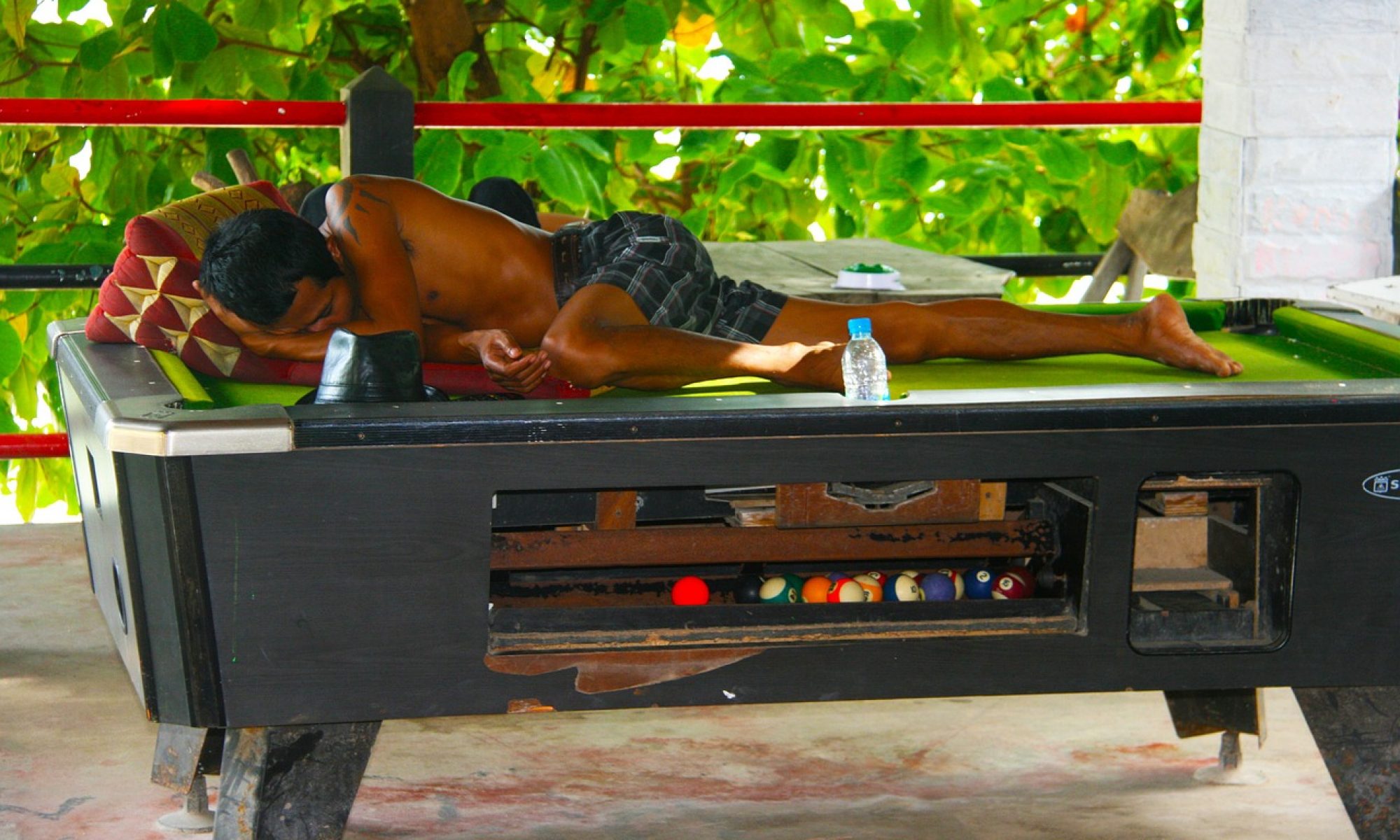Bar Box Pool Glossary
This glossary is designed to be accessible to players of all skill levels, particularly those engaging in casual bar games.
8-Ball
A widely played pool game using all 15 object balls and a cue ball. Players are assigned either solids (1–7) or stripes (9–15) after the break. The objective is to pocket all balls in one’s assigned group, followed by pocketing the 8-ball to win. It’s essential to call the intended pocket for the 8-ball; failing to do so or pocketing it prematurely results in a loss. Pocketing it on the break shot wins the game.
Bank Shot
A shot where the object ball is driven to one or more cushions before being pocketed. Bank shots require precise calculation of angles and are often used to navigate around obstructing balls.
Break
The initial shot that starts the game. The cue ball is struck from behind the head string to disperse the racked balls. A legal break typically requires that at least four object balls hit cushions or that an object ball is pocketed.
Bridge
The hand or mechanical aid used to support and guide the cue stick during a shot. A proper bridge provides stability and accuracy. Mechanical bridges are used when the cue ball is out of comfortable reach.
Cue Ball
The solid white ball that players strike with the cue stick. It’s used to hit the object balls with the aim of pocketing them.
Head String
The head string is an imaginary line that runs across the width of the pool table between the second diamonds on the long rails, passing through the head spot. It marks the boundary of the area known as the “kitchen,” which is the quarter of the table closest to the head rail. This line is significant in various game rules, particularly concerning the placement of the cue ball after certain fouls or during the break shot.
Jump Shot
A shot where the cue ball is made to jump over an obstructing ball to strike the intended target. This is achieved by striking the cue ball at a downward angle. Jump shots require skill and are often restricted in casual play due to potential table damage.
Kick Shot
A shot where the cue ball is driven to one or more cushions before contacting the object ball. Kick shots are used to navigate around obstructing balls or to achieve better positioning.
Safety
A defensive shot intended to leave the opponent in a difficult position, often by positioning the cue ball or object balls in such a way that the opponent has no clear or easy shot.
Scratch
Occurs when the cue ball is pocketed or driven off the table. This is considered a foul, and the incoming player typically gets ball-in-hand, allowing them to place the cue ball anywhere behind the head string on the table before shooting.
Slop
Refers to a shot where a ball is pocketed unintentionally or without calling the shot. In casual bar play, slop may be accepted, but in formal games, such shots are usually considered fouls. A slop rule should be called before the game starts. IE: are we playing slop? If yes then any shot that pockets a ball counts.
Sharking
Sharking refers to deliberate actions taken by a player to distract their opponent during a game. These tactics aim to disrupt the opponent’s concentration. Examples include:
-
- Making sudden movements or noises during the opponent’s shot.
- Engaging in excessive chatter or trash talk.
- Standing too close to the table or in the opponent’s line of sight.
While some may view sharking as gamesmanship, it is generally considered unsportsmanlike and is often prohibited in formal play. In casual settings, it’s advisable to maintain respectful conduct to ensure fair and enjoyable games for all participants
Trolling
In the context of pool, trolling involves behaviors intended to provoke or annoy opponents, often under the guise of humor or banter. This can manifest as:
-
- Making sarcastic or mocking comments about an opponent’s skill.
- Deliberately taking excessive time between shots to frustrate others.
- Feigning ignorance of rules to disrupt the flow of the game.
While some may perceive trolling as harmless fun, it can detract from the enjoyment of the game and create a hostile environment. It’s important to foster a respectful atmosphere where all players feel comfortable and engaged.
